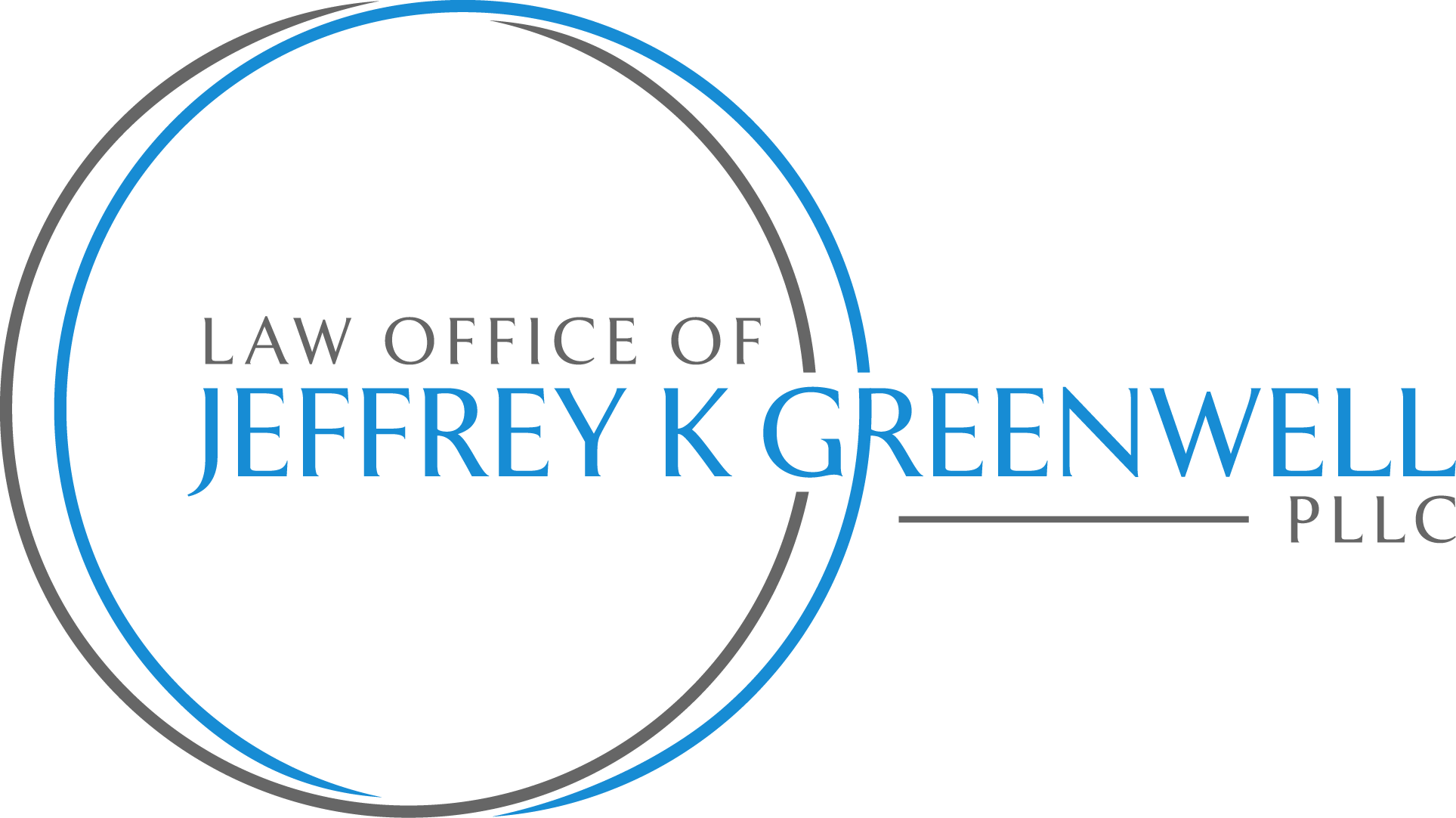Discharging, permanently writing off, student loans can be difficult. You may be able to make it easier to do with good bankruptcy timing.
Discharging Student Loans in Bankruptcy
It takes certain circumstances to discharge student loans. Those circumstances can involve the right timing of your bankruptcy case.
Bankruptcy discharges most debts. But it “does not discharge” you from a student loan unless not discharging that debt “would impose an undue hardship.” “[I]mpose an undue hardship” on whom? “[O]n the debtor [you] and the debtor’s dependents.” Section 523(a)(8) of the U.S. Bankruptcy Code.
What does that mean and how is it affected by the timing of your bankruptcy case?
“Impose an Undue Hardship”?
What does it take for you and your dependents to suffer an “undue hardship”? The Bankruptcy Code defines many terms (See Section 101, Definitions), but not this one.
Often when Congress deliberates and passes a statute there is a discussion about the meaning of a term within the statute. That’s its “legislative history.” But there is no such helpful written explanation here. “The legislative history… also fails to precisely specify how courts should determine whether a debtor qualifies for a discharge based on an undue hardship.” Ashley M. Bykerk, Student Loan Discharge: Reevaluating Undue Hardship…, 35 Emory Bankr. Developments J., 509, 512-513 (2019).
So the bankruptcy courts have been left to figure out, case by case, what qualifies as “undue hardship.”
The courts start with those two words. Congress added “undue” apparently to create a standard that is beyond or more than a simple hardship. “Undue” means “exceeding what is appropriate or normal; excessive.” So Congress seemed to say that to discharge a student loan it’s not enough if it’s causing you hardship. It must be causing you a more-than-normal, excessive hardship.
But how is such a level of hardship determined in practice?
The 3-Part Test
As bankruptcy courts throughout the country have interpreted “undue hardship,” over time they’ve settled on a 3-part test. There are some differences among the courts but generally, you need to meet the following three conditions:
1. If you had to repay the student loan under your current income and expenses, you would be unable to maintain even a minimal standard of living.
2. This inability is expected to last for a significant part of the loan repayment period.
3. You previously made a meaningful effort to repay the loan, or to qualify for appropriate forbearances, consolidations, and payment-reduction programs.
The Timing Considerations of the 3-Part Test
When you look at these three conditions you can see that each has a timing component:
1. The first condition focuses on the present. It asks whether, under your income and expenses as of the time you are asking for the “undue hardship” discharge, you’d be unable to maintain even a minimal standard of living if you had to repay the student loan.
2. The second condition focuses on the future. It asks whether any present “undue hardship” is expected to last through a significant part of the loan repayment period.
3. The third condition focuses on the past. It asks whether you had made a meaningful effort to repay the loan or to qualify for appropriate administrative relief before asking for the “undue hardship” discharge.
Whether or not you qualify under these conditions can shift over time. For example, you may be expecting worsening health which will reduce your income and increase expenses. So you may be currently able to maintain a minimal standard of living but won’t when your health worsens. So you may not meet the first condition today but expect to later. Thus, whether you qualify for an “undue hardship” discharge can turn on when you file your bankruptcy case.
Next
The next two blog posts will show how you and your bankruptcy lawyer can use these principles to your benefit. We’ll look at pertinent timing issues when filing a Chapter 7 “straight bankruptcy” or a Chapter 13 “adjustment of debts.” Feel free to call us, your bankruptcy lawyers, in the meantime.
